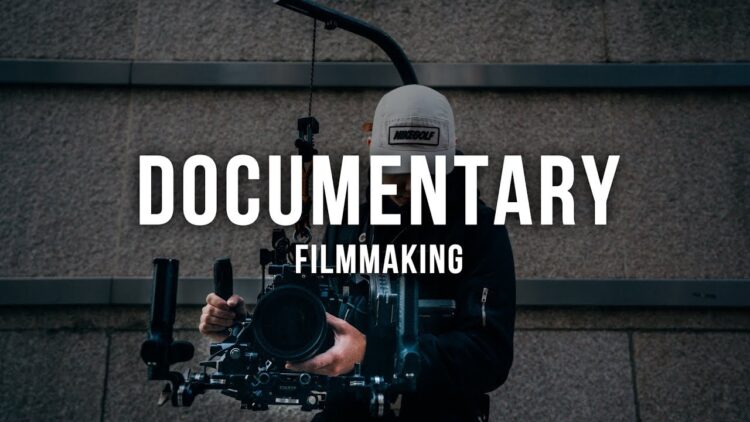Documentary filmmaking is an art form that combines storytelling, factual reporting, and creative visual presentation to inform, educate, entertain, or inspire an audience.
Unlike fictional films, documentaries aim to depict real-life events, people, and issues, offering audiences a window into truth and reality.
As one of the most dynamic and impactful forms of filmmaking, documentaries bridge the gap between art and journalism, blending authenticity with artistic expression.
Types of Documentaries
Documentaries come in various forms, each with a unique approach to storytelling and representation of reality. Here are some major types:
1. Expository documentaries
These are traditional documentaries characterized by a narrator who provides commentary to guide the audience. They often include historical footage and aim to inform or persuade.
2. Observational documentaries
Also known as cinema vérité, these documentaries take a fly-on-the-wall approach, focusing on observing real-life events without interference.
3. Participatory documentaries
In this style, the filmmaker actively engages with the subject, often appearing on camera or influencing the narrative.
4. Reflexive documentaries
These focus on the filmmaking process itself, emphasizing the relationship between the filmmaker and the audience.
5. Performative documentaries
These explore personal experiences, emotions, and subjective truths. The filmmaker often acts as a central character.
6. Docudramas
A blend of documentary and drama, these films use dramatized reenactments to tell a true story.
Key Elements of Documentary Filmmaking
1. Research
Extensive research is the foundation of any documentary. Understanding your subject deeply ensures authenticity and credibility. This involves interviews, archival research, and fact-checking.
2. Storytelling
While documentaries are factual, they must also engage audiences emotionally. Crafting a compelling narrative arc—complete with a beginning, middle, and end—is crucial.
3. Visuals
Strong visuals enhance the impact of a documentary. Cinematic shots, archival footage, and animations can bring the story to life.
4. Sound
High-quality audio is as important as visuals. Background scores, voiceovers, and ambient sounds help set the mood and emphasize key moments.
5. Authenticity
Maintaining ethical standards and avoiding sensationalism is critical. Documentaries should present facts accurately and responsibly.
Best Practices in Documentary Filmmaking
- Be prepared but flexible: Plan meticulously but remain open to surprises. Real-life events often defy expectations.
- Build relationships: Establish trust with your subjects to capture authentic moments.
- Respect ethical guidelines: Avoid manipulation or misrepresentation. Your responsibility is to the truth.
- Engage your audience: Use storytelling techniques like conflict, resolution, and character development to captivate viewers.
- Adapt to technology: Stay updated with the latest tools and platforms to enhance your filmmaking process.
Challenges in Documentary Filmmaking
1. Funding
Securing finances for documentaries can be challenging, especially for independent filmmakers. Crowdfunding, grants, and sponsorships are common solutions.
2. Access and permissions
Gaining access to certain locations, people, or archival materials may require extensive negotiations.
3. Ethical dilemmas
Balancing storytelling with ethical responsibilities often involves tough decisions.
4. Time and resource constraints
Documentary projects can be time-intensive and resource-demanding, requiring careful planning and budgeting.
What Next?
With the rise of streaming platforms and advancements in virtual reality (VR) and augmented reality (AR), the future of documentaries is more immersive and accessible. Interactive documentaries, which allow viewers to influence the narrative, are also gaining popularity.
Additionally, the democratization of filmmaking through smartphones and affordable editing tools has empowered a new generation of filmmakers to share their stories.
Conclusion
Documentary filmmaking is a powerful medium that educates, inspires, and provokes change. Whether you’re an aspiring filmmaker or an avid viewer, understanding the intricacies of this art form deepens your appreciation for the craft. As technology and storytelling techniques evolve, documentaries will continue to shed light on untold stories and connect us to the world in profound ways.
By mastering the principles and embracing the challenges of documentary filmmaking, you can contribute to a legacy of impactful storytelling that resonates with audiences globally.






































Discussion about this post